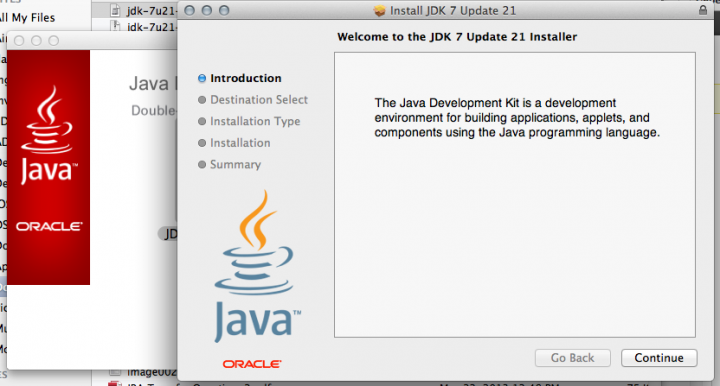node.js — Toolkit of the Code Gods!!
Or, so some would have you believe. Is it pretty awesome, YES. I’m I sold on it yet, NO. But it’s growing on me.
Since parsing webpages has been my business for nearly 15 years now, I’ve used a lot of tools and strategies, but it was only recently I decided to try out node.js for a few of my projects.
Starting with node.js
If you are new to node.js, go check out these URLS here. They more than successfully cover getting started with node.
The goal here is to answer a question that for some reason eluded my best searches for code examples. I thought I had the syntax dialed but still saw some strange responses. This page will show you definitively how to get a page title. Every time (every time the page loads at least).
How I parsed the title off a page
Here is how I did it, using cheerio and request:
/*
* MAKE REQUIREMENTS
*/
var request = require(‘request’);
var cheerio = require(‘cheerio’);/*
* Handle Commandline Params
*/
var url = process.argv[2];/*
* Local Vars
*/
// Define the requests default params
var request = request.defaults({
headers: { ‘User-Agent’: ‘Mozilla/5.0 (Macintosh; Intel Mac OS X 10.8; rv:24.0) Gecko/20100101 Firefox/24.0’ },
})// DO THE WORK!!
request(url, function (error, response, html) {
if (!error && response.statusCode == 200) {
var $ = cheerio.load(html,{ normalizeWhitespace: true, decodeEntities: true });
var title = $(‘title’).text();
console.log(“TITLE: %j”,title);
}
else {
console.log(‘ERR: %j\t%j’,error,response.statusCode);
}
});
Running the example from the command line looks like this (I’m using the 1st available parameter to pass my URL, hard-coding is for fools):
node get.title.js http://www.yahoo.com
TITLE: “Yahoo”
Conclusion
The reason I’ve posted this blog, is that this specific node.js cheerio syntax was not clearly specd:
var title = $(‘title’).text();
Enjoy toying around with node.js to parse your super-awesome pages.
